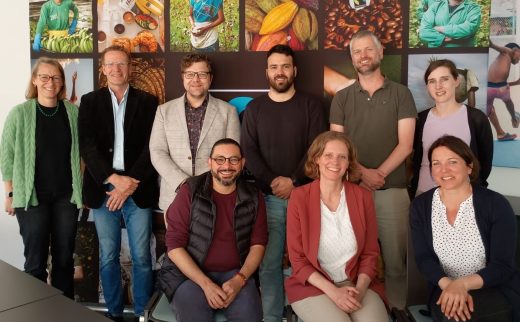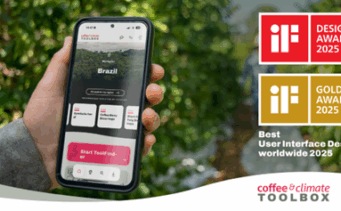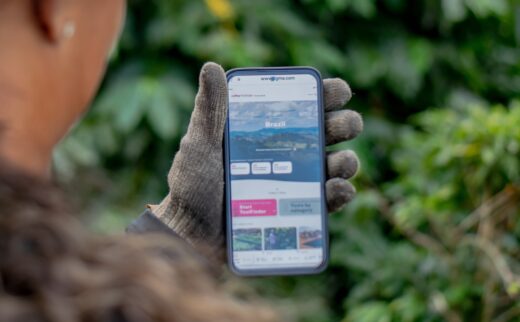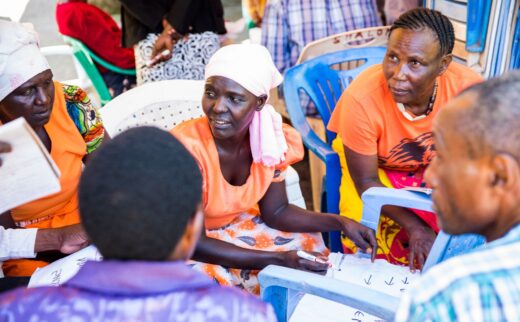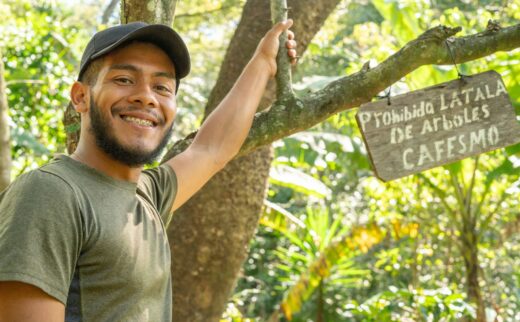Webinar Recording is Now Online!

VIEW THE WEBINAR RECORDING!
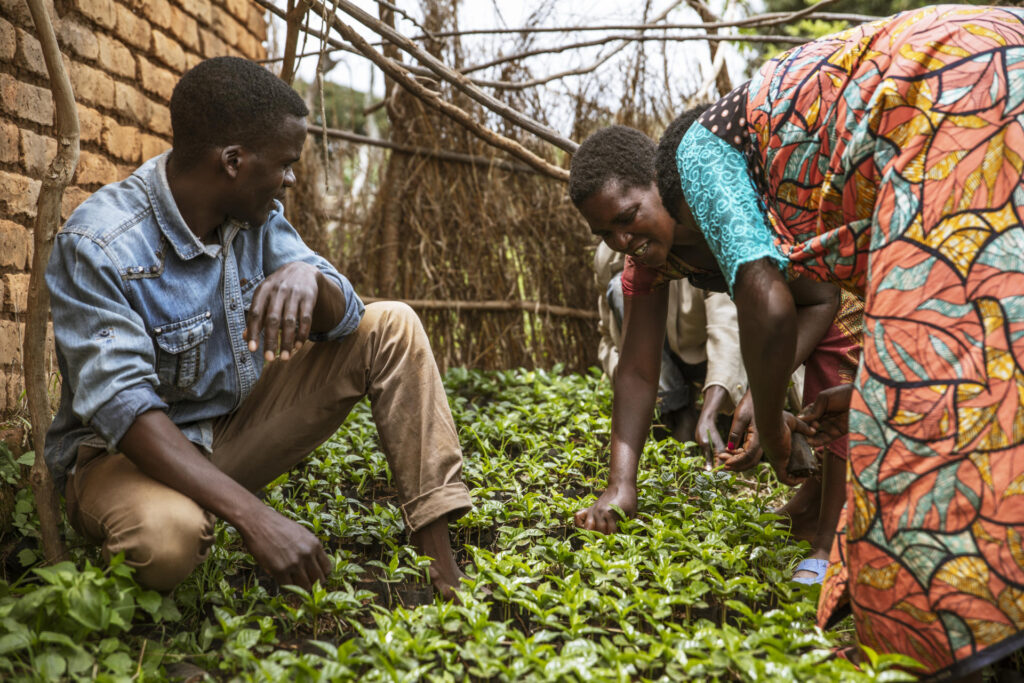
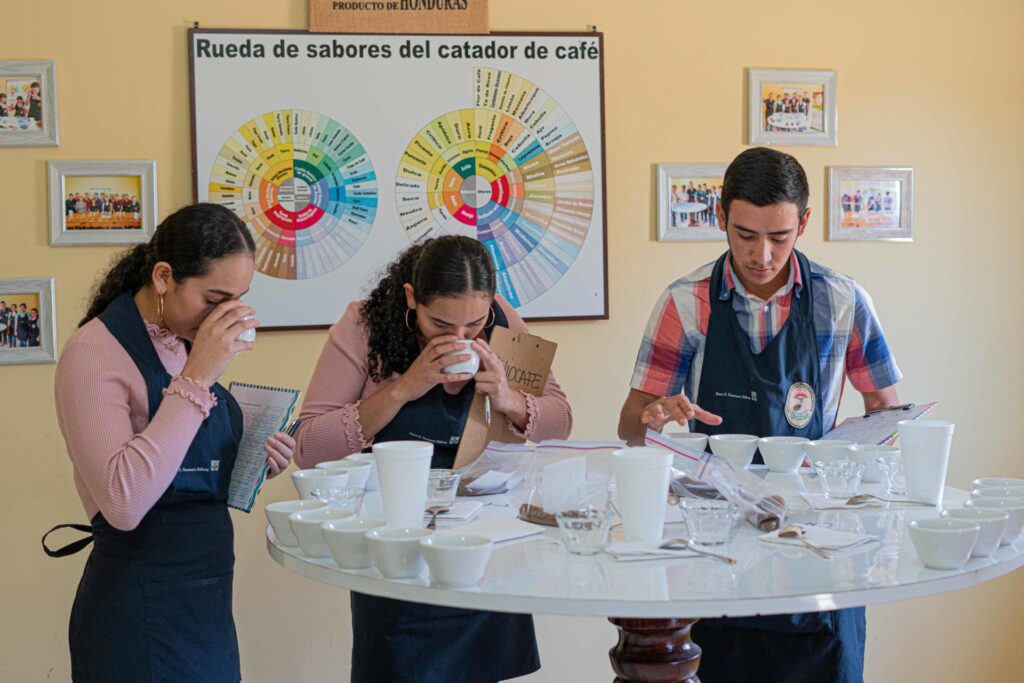
Learn more about the initiative for coffee&climate here:
Questions and Answers
Question 1: Who developed the future suitability maps for Uganda and Honduras? What method was used?
Answer: During the Alliance for Resilient Coffee (ARC) project financed by USAID, the country risk maps were developed by the International Center for Tropical Agriculture (CIAT), supported by data and expertise of coffee&climate. For more information on the methodology used, please have a look here.
Question 2: Can you please provide the source for the projected loss of coffee production in Uganda by 2050?
Answer: For further information please visit the country risk profile made for Uganda. Available here.
Question 3: What is the definition of a Climate Smart Coffee Region? Are you aiming to market climate smart coffee alike the labels?
Answer: Climate-Smart Coffee Region (CSCR) is a systematic approach aiming to increase the overall climate resilience of landscapes, production systems and rural livelihoods by addressing deforestation and land degradation as well as promoting adaptation and economic growth. It also contributes to urgently needed sequestration of carbon from the atmosphere and its long-term storage in vegetative cover and soils via optimized agroforestry systems, improved soil management, closed nutrient cycles and restoration of degraded areas. The concept allows for a transparent progress assessment, building on concrete indicators as part of a mutually agreed landscape action plan. The approach aims to:
- Enable smallholder families to live a prosperous and self-determined life and make youth the drivers of change towards sustainable production systems and livable landscapes.
- Optimize land use and find the balance between meeting economic and social needs and long-term management of natural resources and biodiversity.
- Integrate market potentials into the development of healthy landscapes and livelihoods prospects.
- Use digital tools and technologies to improve decision making on farm and landscape level.
We are in the process of identifying and evaluating suitable M&E tools. As coffee&climate, we don’t aim to market coffee as “climate-smart”.
Question 4: What do you think about working with organic practices? Climate change is increasing pest and diseases and decreasing productivity and coffee quality, leading to an increased use of agrochemicals.
Answer: coffee&climate promotes the use of „cultural“ or „traditional“ methods to control pest and disease outbreaks in smallholder coffee farms. Furthermore, in all of our program regions, we implement an action plan on the safe use and handling of agrochemicals.
Question 5: Farmers need to be involved in the process of discussing about climate change and coming up with new technologies/techniques to address it. But, are they?
Answer: Communities of Practices (CoP) will be established in all of our program regions in phase III of coffee&climate. CoP are composed of coffee sector representatives, including representatives of farmer organizations and research/NGO to encourage an exchange of ideas, know-how and techniques to address climate change.
Question 6: Does the c&c Toolbox, include information about simple, inexpensive and easily replicable soil regeneration practices?
Answer: We will continue to identify and evaluate climate smart practices in all of our program regions, including good soil management. Based on these assessments, case studies will be developed and uploaded to the coffee&climate toolbox.
Question 7: How can access to technology help coffee farmers in the fight against climate change?
Answer: Digital solutions can support smallholder families in their decision-making process to adapt their farms towards the impacts of climate change. At the same time, these technologies can be used to provide training and knowledge in a direct and economic way to the smallholder community.
Question 8: Which technologies would you say have potential?
Answer: We are currently in the process to identify and evaluate most suitable digital solutions for improving the decision-making process of smallholder families on climate change adaptation and mitigation.
Question 9: How can we create carbon credits with smallholder farmers? This would be an additional incentive for coffee processors to invest in climate-smart smallholder farming.
Answer: In phase III of coffee&climate a carbon accounting scheme will be established at farm, community and landscape levels which will serve to measure the reduction of carbon emissions from agricultural production and processing but also specify additional carbon stocks resulting from sequestration through improved soil management and tree planting within farms as well as the entire landscape. Companies will be supported to contribute to the implementation of the action plan and to invest into climate-smart production as well as the maintenance and expansion of carbon sinks to meet their commitment towards climate-neutrality based on trustable formats that generate additional, permanent, and otherwise unclaimed carbon emission reductions. This is supported by the use of digital tools and technologies, like the X-Farm platform, a digital farm management tool covering every aspect of smallholder farming, or Terra-i, detecting land-cover changes resulting from human activities.
Question 10: From the map in the beginning I understood that certain regions will not be suitable anymore for growing coffee in 2050. The business case for coffee companies is to keep farmers growing coffee as long as possible. From a farmers’ perspective, getting out of coffee might be necessary at some point. Can you elaborate on that dilemma?
Answer: As coffee&climate we promote climate resilient smallholder production systems that provide diversified income sources, food security and protect local biodiversity. Coffee is an entry point for the work of our initiative but it is really about establishing resilient livelihoods. Therefore, if the conditions are not optimal for maintaining coffee as a crop, we also recommend to “get out of coffee” and encourage the production of other agricultural crops as potential income sources.
Question 11: Your experiences of biochar made of coffee residues as soil improvement?
Answer: For more information on our experiences with biochar, visit here.
Question 12: Is migration among coffee grower families increasing because of Climate change?
Answer: Climate change is a further push factor for migration. As the topic is complex and not possible to provide a “simple” answer, please have a look here for more detailed information’s.
Question 13: Do you have technological partners to support the digital transformation in the farms?
Answer: As coffee&climate we have established international and local networks with further research partners that have complementary approaches. This also includes the joint piloting of new technologies.
Question 14: How does coffee&climate train their trainers?
Answer: We have developed training curriculums to provide third parties with the relevant knowledge and information to incorporate the coffee&climate approach into their own structures. Normally it’s been done through workshop formats with practical experiences in the field.
Question 15: When will climate change affect the productivity and quality of coffee in Indonesia?
Answer: Rising temperatures, changing seasonality, changing rainfall patterns and extreme weather events are already a reality for coffee smallholder families in Indonesia. Currently suitable land in Arabica production areas is expected to be reduced by > 80%. This can be offset partially by higher altitudes becoming suitable for Arabica. Overall, land suitable for Arabica production is expected to be two-thirds of today’s area suitable for Arabica. Many of the current and future potential coffee growing areas are located on designated forest land. Hence, the potential displacement of coffee cultivation to higher altitudes may become a driver of deforestation in the future.
